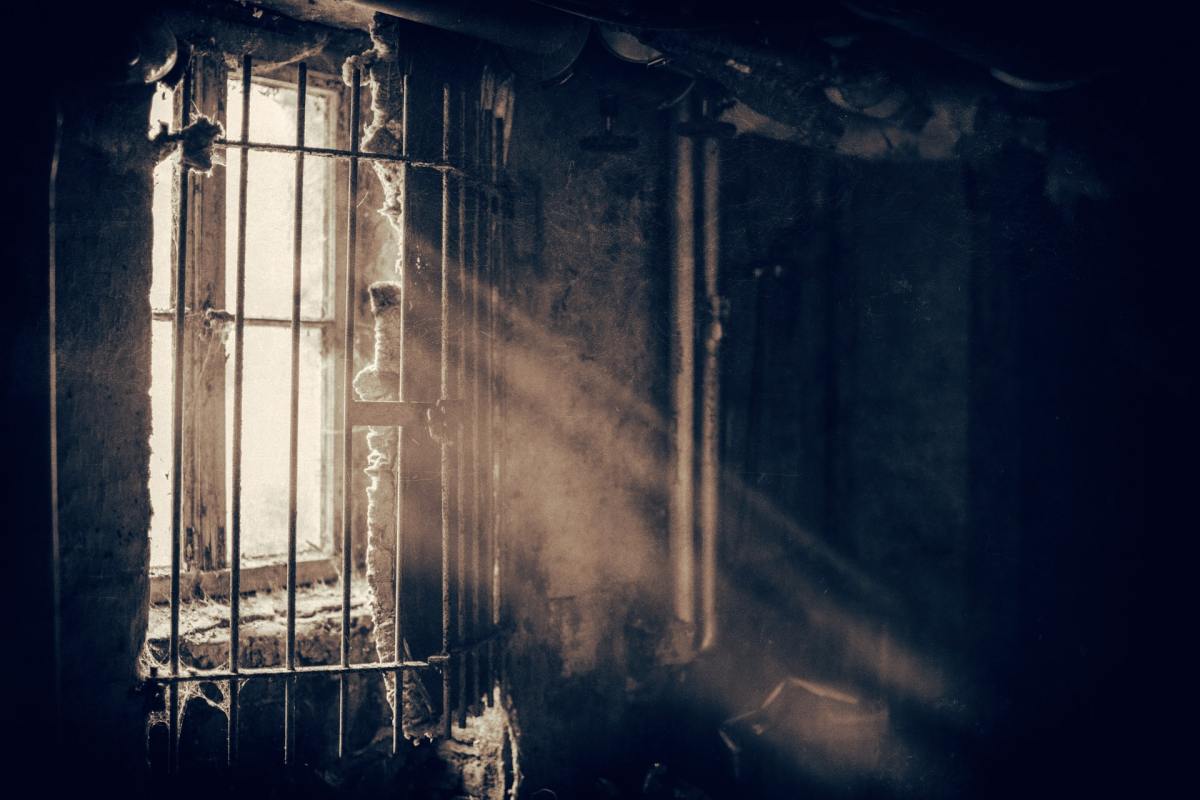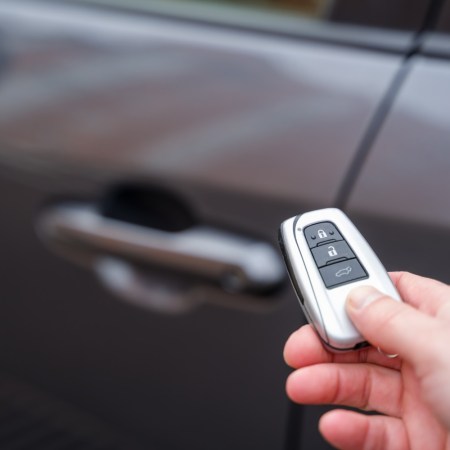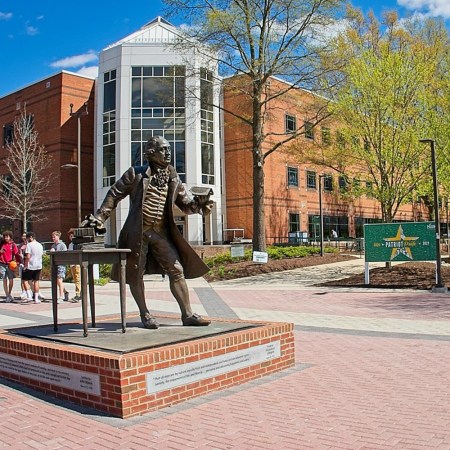How reliable are eyewitnesses when it comes to identifying someone in a trial? That’s a subject that concerns many people looking to reform the criminal justice system. The nonprofit Innocence Project, for instance, cites an alarming statistic — that “[m]istaken eyewitness identifications contributed to approximately 69% of the more than 375 wrongful convictions in the United States overturned by post-conviction DNA evidence.”
One high-profile example of someone being wrongly incarcerated centers around incorrect eyewitness testimony — the case of Anthony Broadwater, who was recently exonerated after being convicted of rape and spending 16 years in prison, comes to mind. But he is far from alone.
Writing at The Guardian, Ari Schneider explored the case of Kevin Dugar, who spent years incarcerated after being convicted of murder. Dugar was also convicted as a result of eyewitness testimony, despite him maintaining that he was nowhere near the scene. Dugar was telling the truth; years later, he learned that the killer in the case was his identical twin brother Karl.
Eventually, Karl confessed to Kevin in a letter. It took Kevin two more years before he could find legal representation who would take on his case. Eventually, he was granted a new trial in April 2021, which has yet to take place.
You might think that having an identical twin would make it impossible to convict someone based on an eyewitness. Schneider’s article documents how it happened, and the chain of events and systemic failures that compounded it.
Thanks for reading InsideHook. Sign up for our daily newsletter and be in the know.


















